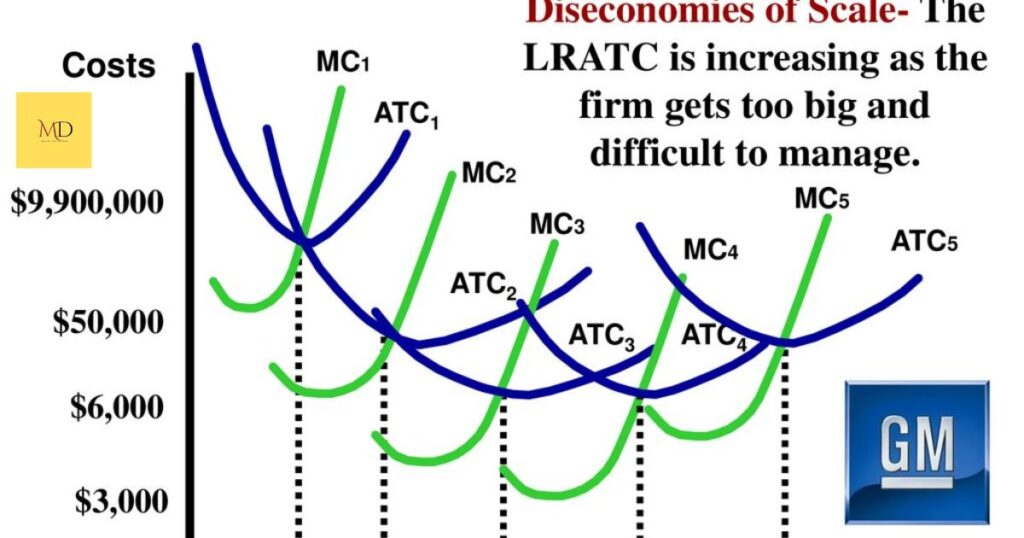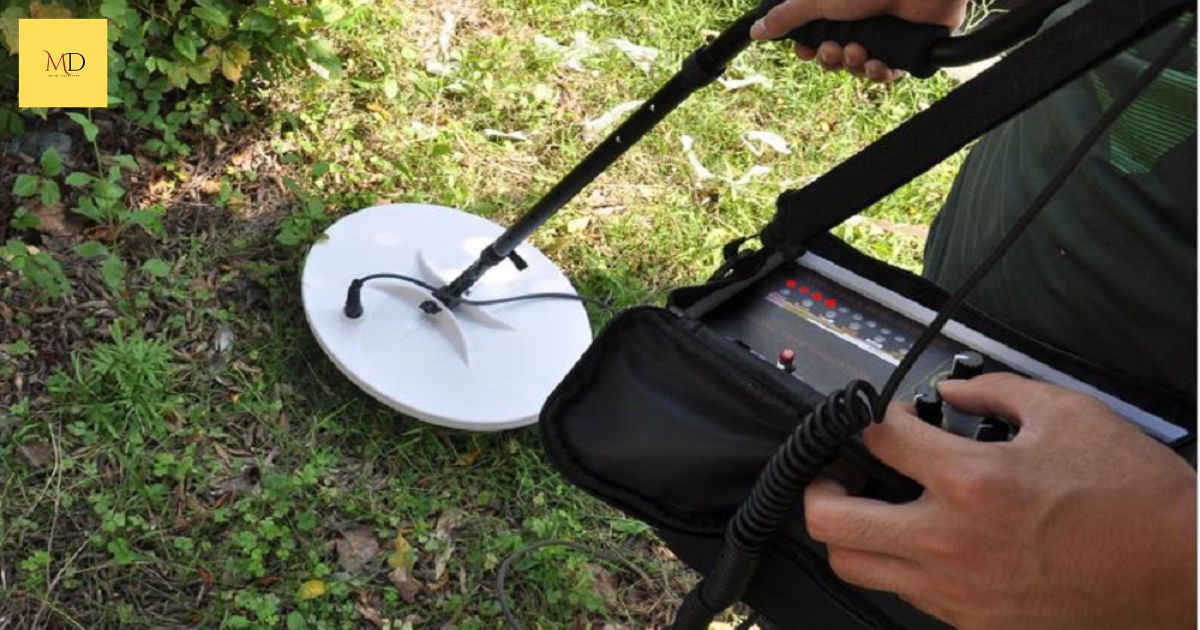Metal detectors are electronic devices designed to detect the presence of metal objects. They operate by generating a magnetic field and sensing disruptions when metal objects pass through. These devices are commonly used for security screening at airports, detecting buried treasure, or locating metal objects in industrial settings.
Are you curious about adding metal detectors to enhance security at your school? You’re not alone, as safety concerns are a top priority. But here’s the question that matters: How much do metal detectors cost for schools? Discover the answers and make an informed decision to safeguard your educational institution and the well-being of your students and staff. Let’s find out together.
The cost of metal detectors for schools varies based on factors like the brand, model, and features. On average, basic walk-through metal detectors can range from a few hundred to a few thousand dollars each. Advanced systems with additional features may cost more. It’s essential for schools to assess their specific security needs and budget constraints when considering the purchase of metal detectors.
Factors Influencing Cost
Factors influencing the cost of metal detectors for schools are essential considerations when planning their implementation. The type of metal detector plays a significant role, with basic walk-through models being more affordable, while advanced, high-tech systems come at a higher price point. The brand and model also affect costs, as reputable brands and models with additional features or customization options tend to be more expensive.
Furthermore, features and technology greatly influence the cost. Metal detectors with enhanced capabilities, such as higher sensitivity, automatic threat detection, or integration with other security systems, will come at a premium. Additionally, the installation and maintenance expenses should be factored in, as they can vary depending on the complexity of the school’s layout and the level of ongoing support required.
Type of Metal Detectors
Metal detectors come in various types, each tailored for specific purposes. Walk-through metal detectors are commonly used in airports, schools, and public venues for security screening. These detectors are designed to scan individuals for hidden metal objects as they pass through the detector’s archway. Handheld metal detectors, on the other hand, are versatile and portable. They are often used by security personnel for more targeted searches and can be highly effective in locating concealed metal items.
Ground-penetrating radar (GPR) is another type of metal detector that’s particularly useful for archaeological and construction purposes, as it can detect buried metal objects beneath the ground. Another specialized type is the industrial metal detector, which plays a crucial role in quality control and product safety in manufacturing. These detectors identify metal contaminants in food products or other items on production lines, ensuring the safety of consumers.
Brand and Model
Brand and model selection is a crucial aspect when considering the purchase of metal detectors for schools. The brand of a metal detector can significantly impact the cost and performance. Established and reputable brands often come with a higher price tag but also offer a track record of reliability and customer support. It’s essential for schools to research various brands and read reviews to make an informed choice.
Additionally, the specific model of a metal detector plays a pivotal role. Different models come with varying features, sensitivity levels, and capabilities. Basic models may suffice for some schools, while others may require more advanced systems with enhanced security features. By carefully evaluating the brand and model, schools can strike a balance between cost-effectiveness and meeting their unique security needs.
Average Costs

Average costs for metal detectors in schools can vary significantly based on a variety of factors. For basic walk-through metal detectors, schools can expect to invest anywhere from a few hundred to a few thousand dollars per unit. These are relatively cost-effective options that provide essential security screening. However, mid-range models with more advanced features and technology can cost a bit more, typically ranging from several thousand to several tens of thousands of dollars each.
High-end security systems designed for larger campuses or those requiring specialized features and capabilities can be significantly more expensive. Schools must consider their unique security needs and budget constraints when deciding which type of metal detector to invest in. To get a more precise estimate of costs, it’s essential for schools to consult with reputable suppliers and consider the installation, maintenance, and training expenses in their budgeting.
Basic Walk-Through Metal Detectors
Basic walk-through metal detectors are common security tools designed to detect the presence of metal objects on a person passing through them. These detectors are widely used in various settings, including airports, government buildings, schools, and event venues. They operate by emitting a low-level electromagnetic field and measuring disruptions caused by metallic items. Typically, basic walk-through metal detectors are cost-effective and straightforward in their design, making them a popular choice for many organizations looking to enhance security without breaking the bank.
In educational settings, such as schools, basic walk-through metal detectors are often used to screen students and visitors for prohibited items like weapons or dangerous objects. Their unobtrusive nature and ease of use make them a practical solution for maintaining a secure and safe learning environment. While they may lack some of the advanced features of higher-end security systems, basic walk-through metal detectors provide an effective means of deterrence and can serve as a valuable component of a school’s overall security strategy.
Mid-Range Models
Mid-range models of metal detectors strike a balance between cost and performance, making them a popular choice for many schools. These detectors typically offer a good level of sensitivity and reliability while remaining relatively affordable. They are suitable for schools looking for effective security measures without stretching their budget to the limits. Mid-range models come equipped with features such as adjustable sensitivity settings, multiple detection zones, and user-friendly interfaces, making them user-friendly for school staff and security personnel.
When it comes to mid-range models, schools can expect to invest anywhere from a few thousand to several thousand dollars per unit. While this initial cost may seem significant, these models often prove to be cost-effective in the long run by providing a crucial layer of security for the school’s community, helping deter potential threats, and promoting a safe learning environment for students and peace of mind for parents and educators.
FAQ’s
How much is a metal detector cost?
The cost of a metal detector can vary widely depending on factors such as the type, brand, features, and intended use.
What is a good cheap metal detector?
A good cheap metal detector for beginners and hobbyists is the Bounty Hunter TK4 Tracker IV.
Do they make metal detectors for kids?
Yes, they do make metal detectors designed specifically for kids.
Conclusion
The cost of metal detectors for schools is a critical consideration when it comes to enhancing security and safeguarding students and staff. While prices vary based on factors like the type, brand, and features of the detectors, schools must prioritize safety within their budget constraints. Mid-range models strike a balance between affordability and functionality, offering schools an effective security solution without breaking the bank.
Investing in metal detectors is an investment in the safety and well-being of the school community. These devices not only serve as a deterrent to potential threats but also offer peace of mind to parents and educators. While the upfront costs may seem significant, the long-term benefits in terms of enhanced security and a secure learning environment make them a worthwhile choice.











